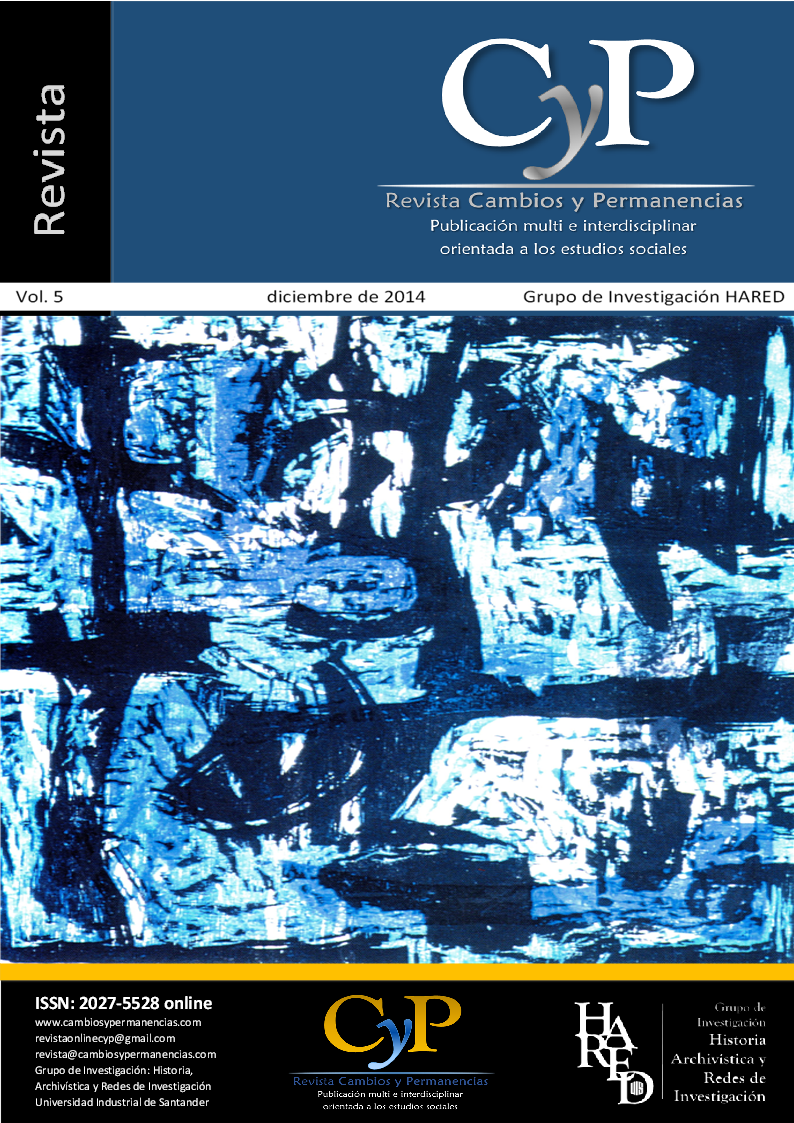Sustainability and measurement of biological corridors in Villavicencio, Suría area
Published 2014-12-08
How to Cite
Abstract
Structural changes in land tenure and land use I have been presented in Villavicencio in recent years, a fact which accompanied the increase in demand for land has disrupted their price, compromising the sustainability of forests belonging to chains runners biological.
The work presented shows why the recovery of biological corridors is part of environmental sustainability and this is supported in a qualitative empirical research, which was obtained directly motivations, attitudes and behaviors of individuals involved in problem, reaching the conclusion that, no matter what the economic valuation method that applies what is really important is to raise awareness of both the owners and the environmental authorities to restore forest areas.
Downloads
References
Correa, F. (2005). Valoración económica de ecosistemas estratégicos asociados a fuentes hídricas que abastecen acueductos veredales. Semestre Económico, 8 (16), 29-48.
Departamento del Meta. (2000). Decreto 353, por medio del cual se adopta el plan de ordenamiento territorial de Villavicencio.
Departamento Nacional de Planeación. (1992). Comercio, medio ambiente y desarrollo.
Fondo Mundial para la Naturaleza WWF. (1996). Ajuste estructural, ambiente y desarrollo sostenible. Caracas: Centro de Estudios del Desarrollo Cendes.
González Nieves, I. C. (2008). Análisis económico del derecho ambiental. Buenos Aires: Heliasta Editorial.
Hamilton, L.S. (2009). Los bosques y el agua. Roma: Estudio FAO.
International Food Policy Research Institute. (2002). The Unifinished Agenda. Washington D.C.
Congreso de la República de Colombia (1993). Ley 99.
Ministerio de Obras Públicas y Transportes de España. (1992). Desarrollo local y medio ambiente en zonas desfavorecidas (Monografías). Secretaría de Estado para las Políticas del Agua y el Medio Ambiente, Madrid.
Organización Regional Emberá Wounaan, Orewa. (1999). En La participación ambiental. Bogotá: Departamento Nacional de Planeación y Fundación Friedrich Ebert de Colombia FESCOL.
Paarlberg, R. Sustainable farming: En IFPRI, Loc. Cit. chapter 20.
Sánchez, H. (2009). El conocimiento y uso tradicional de la diversidad biológica en la Orinoquia colombiana. Diversidad biológica recurso estratégico para el desarrollo sostenible. Villavicencio: Universidad de los Llanos.

